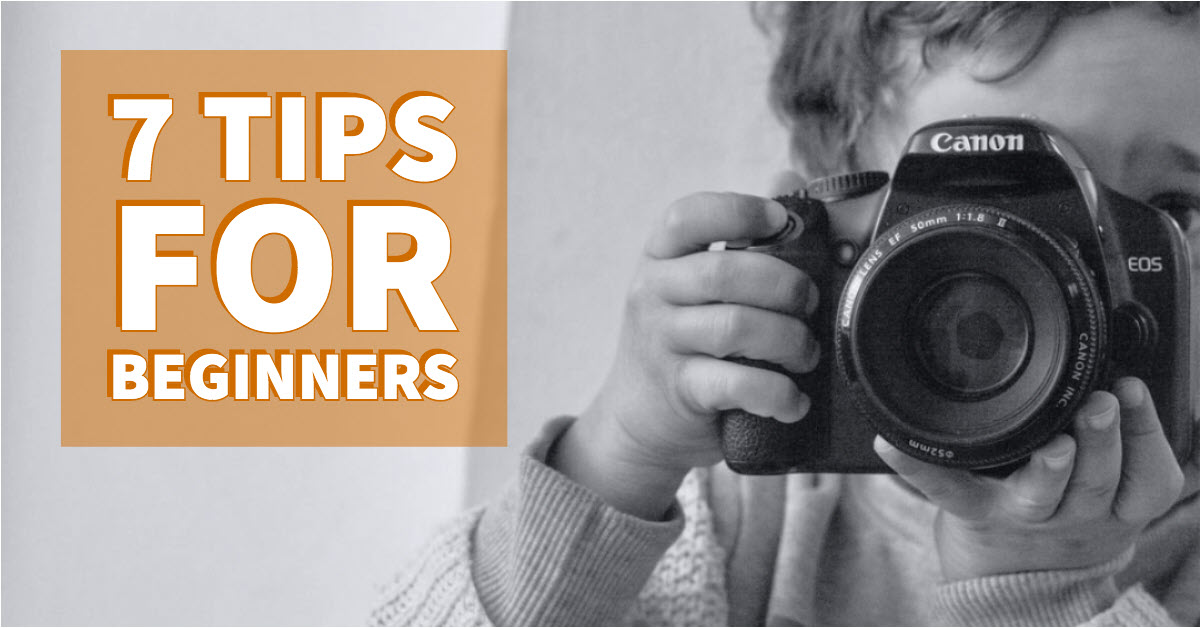Photography is a powerful medium for capturing moments, expressing creativity, and telling stories. Whether you’re using a smartphone or a dedicated camera, these tips will help you improve your photography skills and take better photos.

1. Understand Composition:
a. Rule of Thirds: Divide your frame into thirds horizontally and vertically, placing your subject along the lines or at their intersections.
b. Leading Lines: Use lines in your scene, such as roads or fences, to lead the viewer’s eye to the main subject.
c. Framing: Utilize natural elements like archways or windows to frame your subject and add depth to your composition.
d. Symmetry and Patterns: Look for symmetrical scenes or patterns to create visually pleasing and balanced compositions.
2. Use Natural Light:
a. Golden Hour: Shoot during the golden hour, which is the hour after sunrise and the hour before sunset, to capture soft, warm light.
b. Diffused Light: Overcast or cloudy days provide diffused light, which reduces harsh shadows and is great for portraits and outdoor photography.
c. Avoid Harsh Midday Light: Midday sunlight can create harsh shadows and wash out colors, so consider shooting in shaded areas or using a diffuser to soften the light.
3. Experiment with Perspectives:
a. Get Low or High: Change your perspective by crouching down low or finding an elevated position to capture unique and interesting angles.
b. Wide Angle vs. Telephoto: Experiment with different focal lengths to see how they affect perspective and the overall feel of your photo.
c. Macro Photography: Explore the world up close by using a macro lens or macro mode on your camera to capture intricate details.
4. Master the Basics of Exposure:
a. Aperture: Adjust your camera’s aperture to control the depth of field, with larger apertures (smaller f-stop numbers) blurring the background and smaller apertures (larger f-stop numbers) keeping more of the scene in focus.
b. Shutter Speed: Choose a faster shutter speed to freeze action or a slower shutter speed to capture motion blur.
c. ISO: Increase the ISO in low-light situations to make your camera more sensitive to light, but be cautious of introducing digital noise.
5. Pay Attention to Backgrounds:
a. Simplify and Declutter: Look for clean and uncluttered backgrounds that don’t distract from your main subject.
b. Depth and Layers: Create depth in your photos by incorporating foreground, midground, and background elements.
c. Bokeh: Achieve a pleasing background blur (bokeh) by using a wide aperture and having sufficient distance between your subject and the background.
6. Focus and Sharpness:
a. Selective Focus: Use selective focus to draw attention to your subject by keeping it sharp while blurring the background.
b. Manual Focus: Experiment with manual focus to have precise control over what’s in focus, especially in challenging lighting situations or when shooting macro subjects.
c. Tripod Use: When shooting in low light or when you need maximum sharpness, use a tripod to eliminate camera shake.
7. Tell a Story:
a. Capture Emotion: Look for moments that convey emotion or tell a story, whether it’s a smile, a candid moment, or an interaction between people.
b. Use Props and Context: Incorporate elements that provide context and add storytelling elements to your photos.
c. Experiment with Different Genres: Try different genres of photography, such as street photography, landscape photography, or portrait photography, to find what resonates with you and allows you to tell stories effectively.
8. Practice and Experiment:
a. Take Lots of Photos: The more you practice, the more you’ll understand your camera’s capabilities and develop your own style.
b. Try Different Techniques: Experiment with long exposure, panning, multiple exposures, or other creative techniques to add variety and artistic flair to your photos.
c. Study Other Photographers: Look at the work of renowned photographers for inspiration and to learn new techniques and approaches.
Conclusion:
Photography is a journey of continuous learning and exploration. By applying these tips and practicing regularly, you can enhance your photography skills and capture compelling images. Remember to experiment, develop your unique style, and most importantly, enjoy the process of capturing moments and telling stories through your photographs.